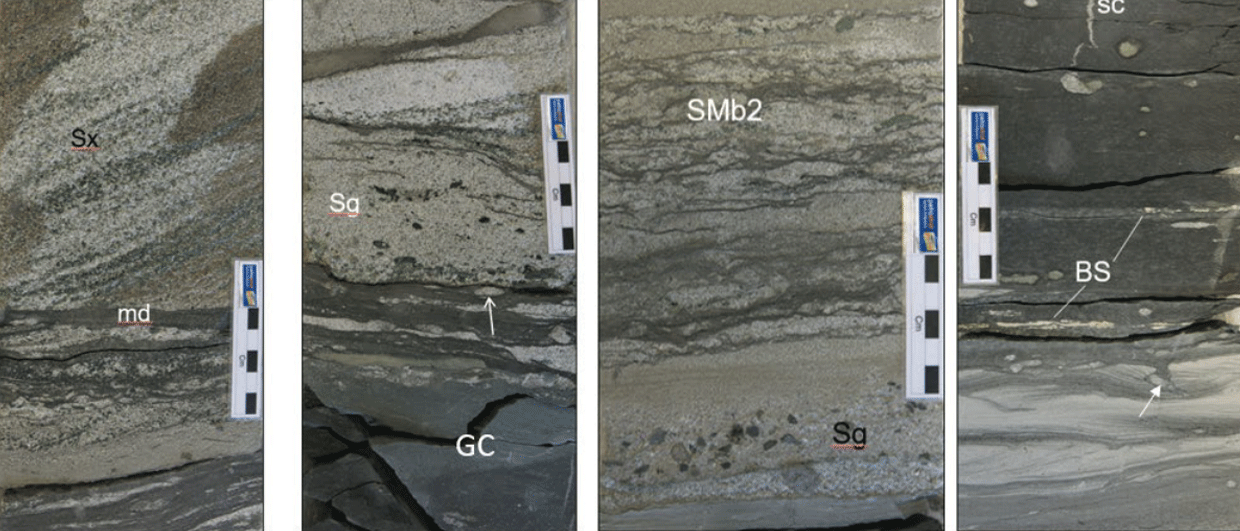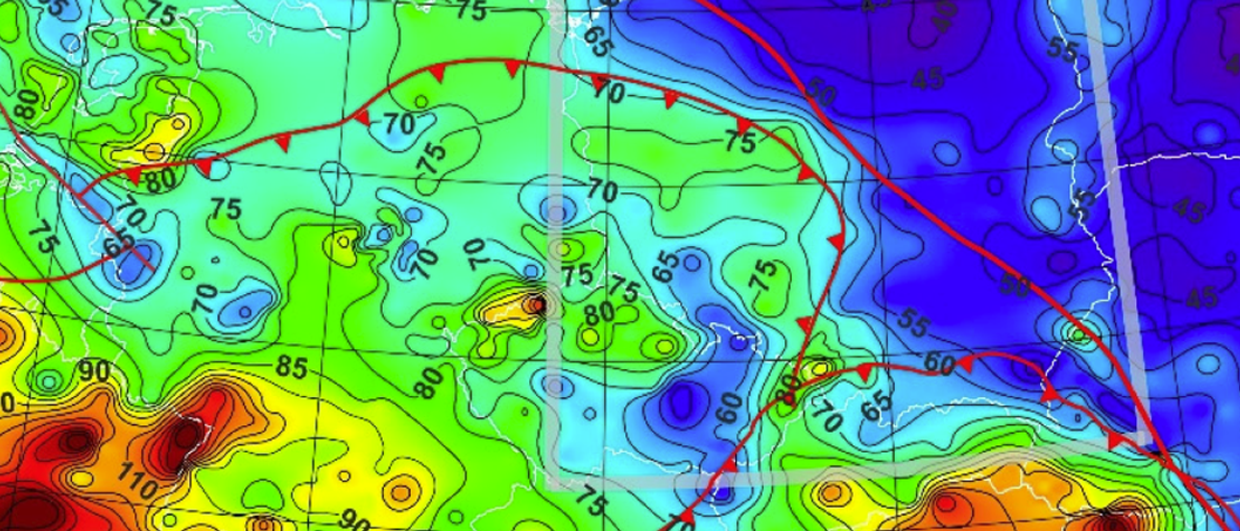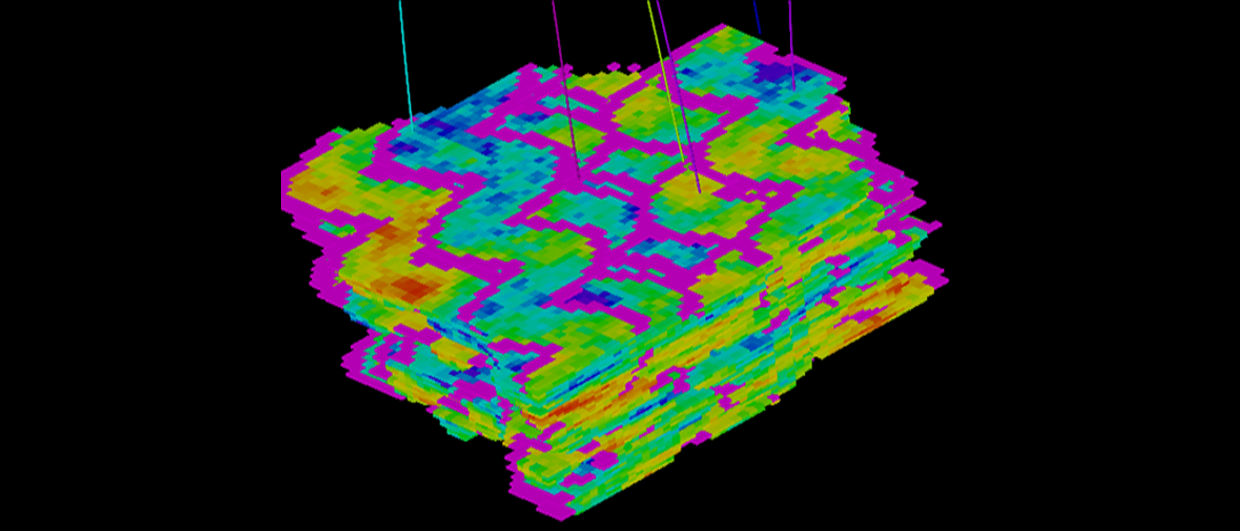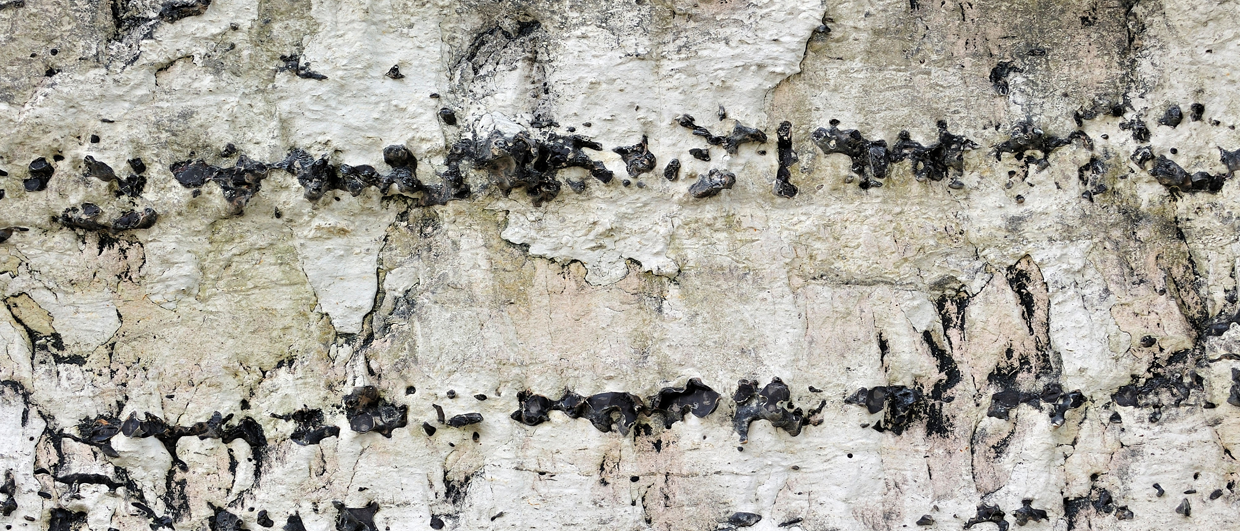The history of diamond exploration in the Northwest Territories began in 1981 with Charles Fipke and Stewart Blusson sampling the Mountain Diatreme in the Mackenzie Mountains. While this prospect did not pan out for diamonds, they then collected till samples in the Blackwater Lake area and recovered kimberlite indicator minerals with compositions consistent with diamond-bearing kimberlite.
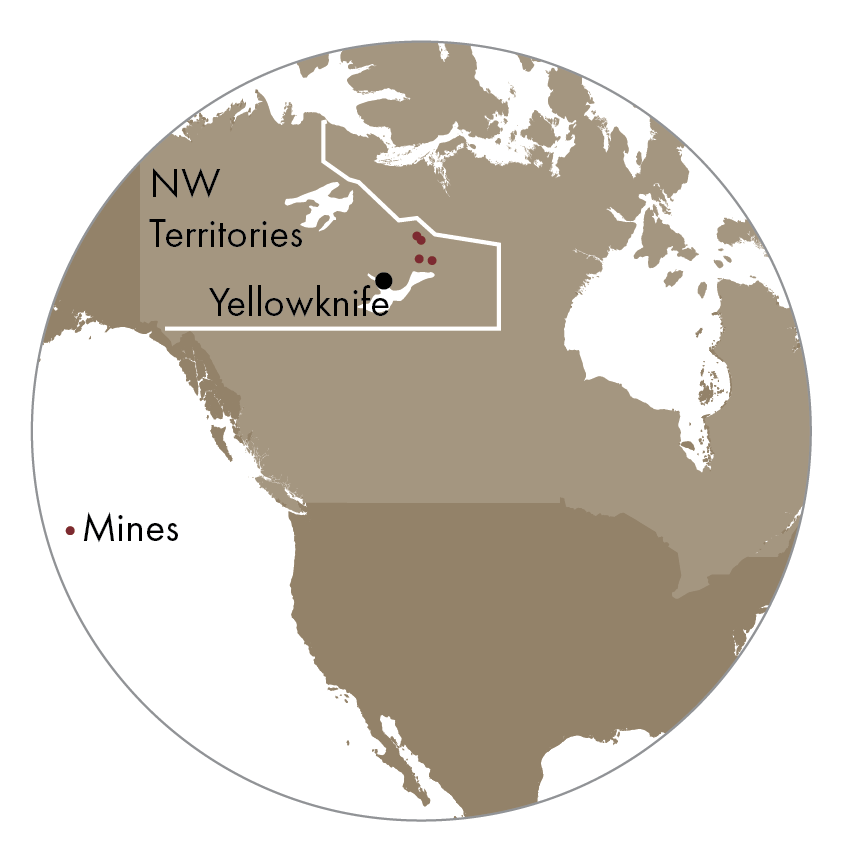
By 1990, they had traced these indicator minerals over 600 km to the Lac de Gras area. Chuck Fipke noticed a crater-like lake, where geophysical surveys showed the presence of a pipe-like conductivity anomaly. Subsequent drilling in 1991 intersected a diamond-bearing kimberlite, triggering the largest claim staking rush in Canadian history which covered over 28 million hectares (70 million acres) in the Northwest Territories and Nunavut. The Northwest Territories (and Canada’s) first diamond mine began production in 1998 and the latest opened in 2016.
This core is part of the Government of the Northwest Territories drill core collection. The Geological Materials Storage Facility in Yellowknife, Northwest Territories houses well over 50 kilometers of mineral exploration core, and strives to obtain representative drill core from most drilled NWT mineral deposits. The core is available to companies and researchers for examination and testing. More information at: www.nwtgeoscience.ca
Millions of tonnes
The Leslie Kimberlite, which was discovered in 1992 as part of exploration in the Ekati area, has an inferred resource of 16.3 million carats hosted in 50.8 million tonnes with a 7-hectare surface expression. It is made up of mostly dark-grey coherent kimberlite with abundant olivine macrocrysts in a groundmass of olivine micro-phenocrysts, monticellite, calcite and perovskite with minor phlogopite and apatite. Pyrope garnets, chrome diopside and lesser peridotitic xenoliths are found throughout. It is age dated at 53.1 +/- 0.7 million years ago and is thought to have formed by a highly explosive eruption which excavated a carrot-shaped portion of host rock that was subsequently in-filled by a lava lake with an estimated minimum volume of 2.3×107 m3, which solidified into a mass of coherent kimberlite.
The close-up photo shows the textures typically associated with coherent kimberlite, and is dominated by coarser olivine crystals (medium to pale grey) set in a very fine-grained groundmass. Aside from some of the sub-mm olivine crystals and some small black spinel, it is difficult to identify the other minerals present in the groundmass visually, so optical or scanning electron microscopy is mostly used instead.
Relatively abundant pale purple pyrope garnet and green chrome diopside are also present, and most have been partially to completely altered to dark brown and medium brown secondary minerals respectively. Some portions of the core are cut by post-emplacement calcite veining.


